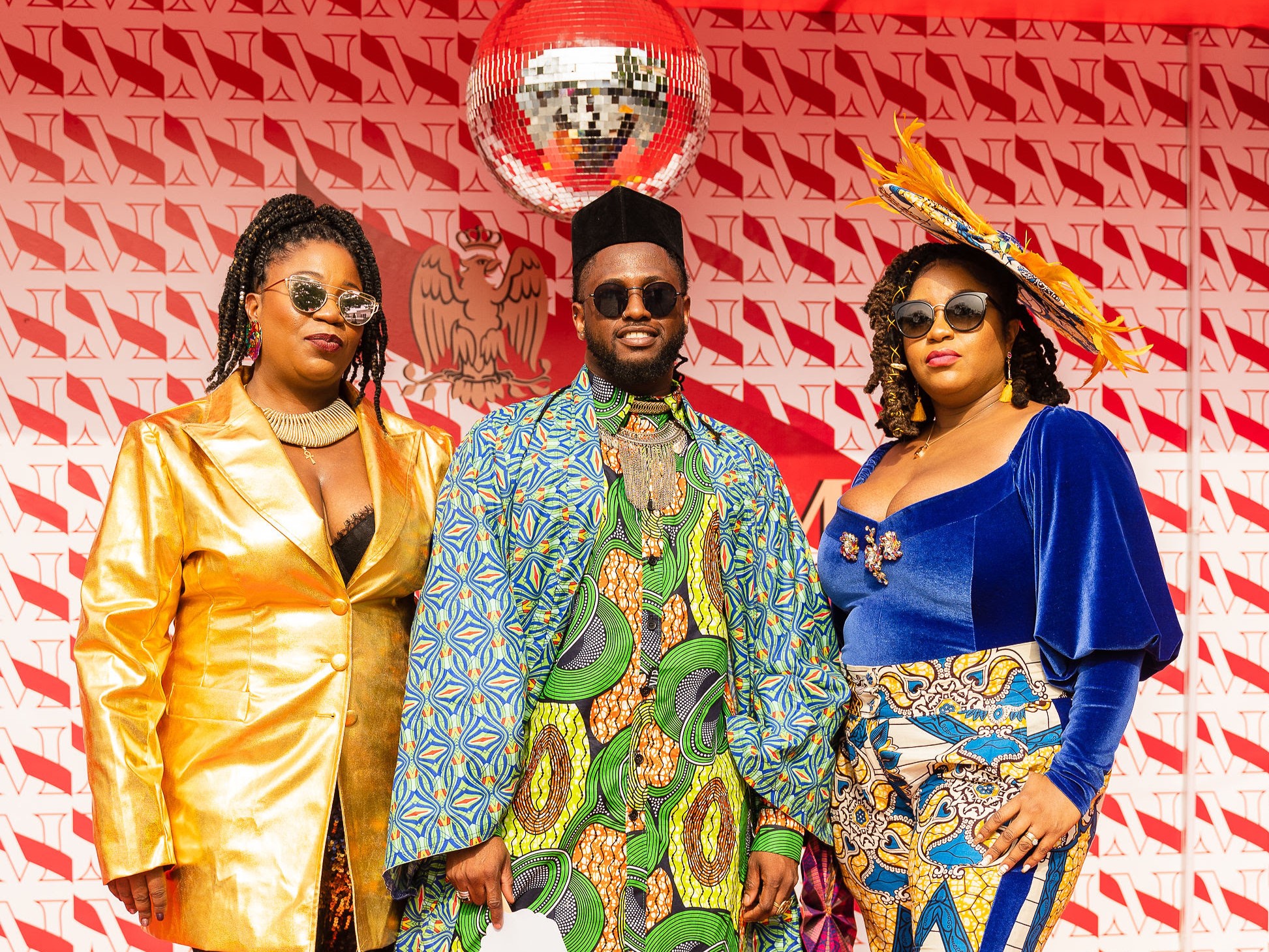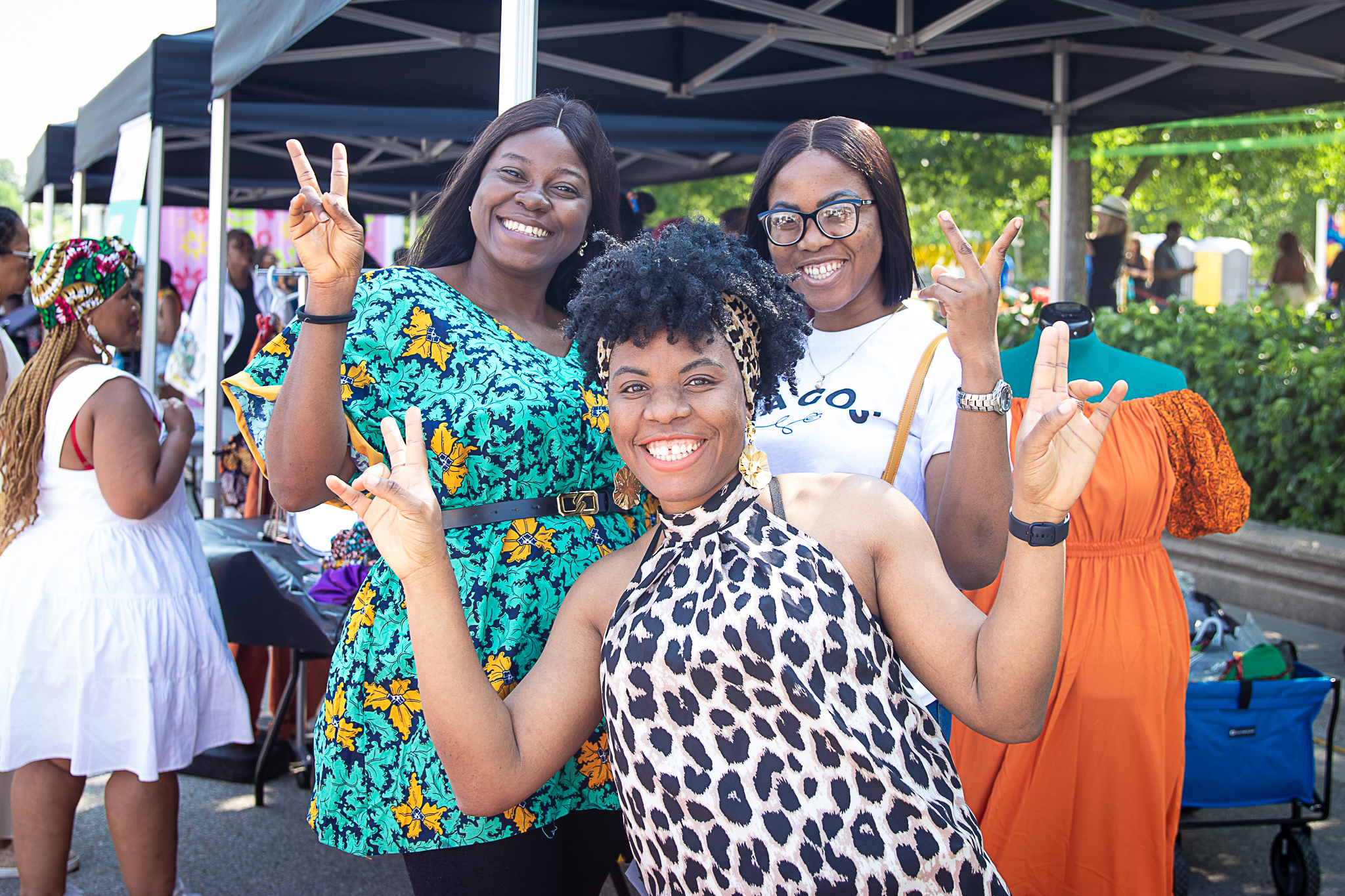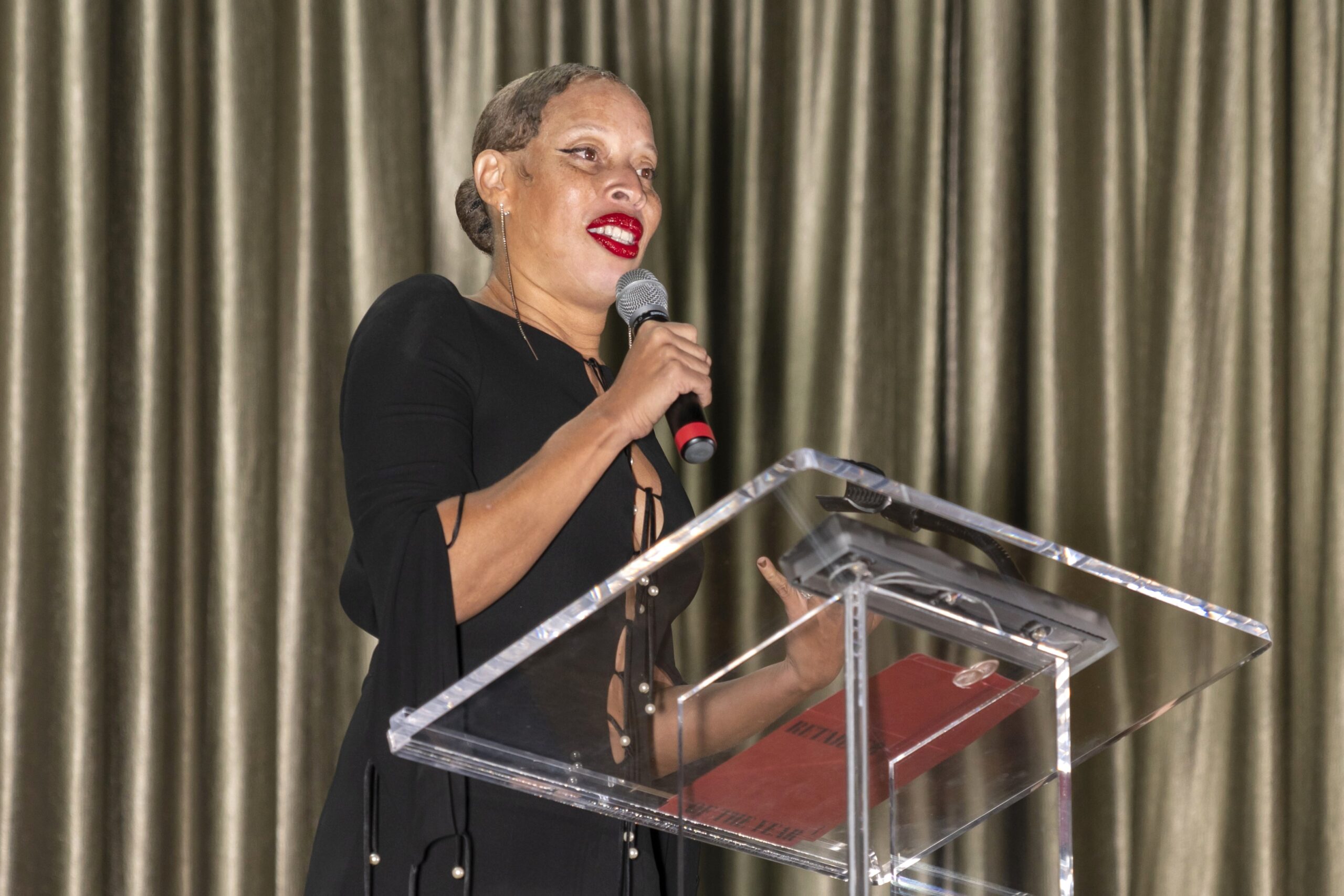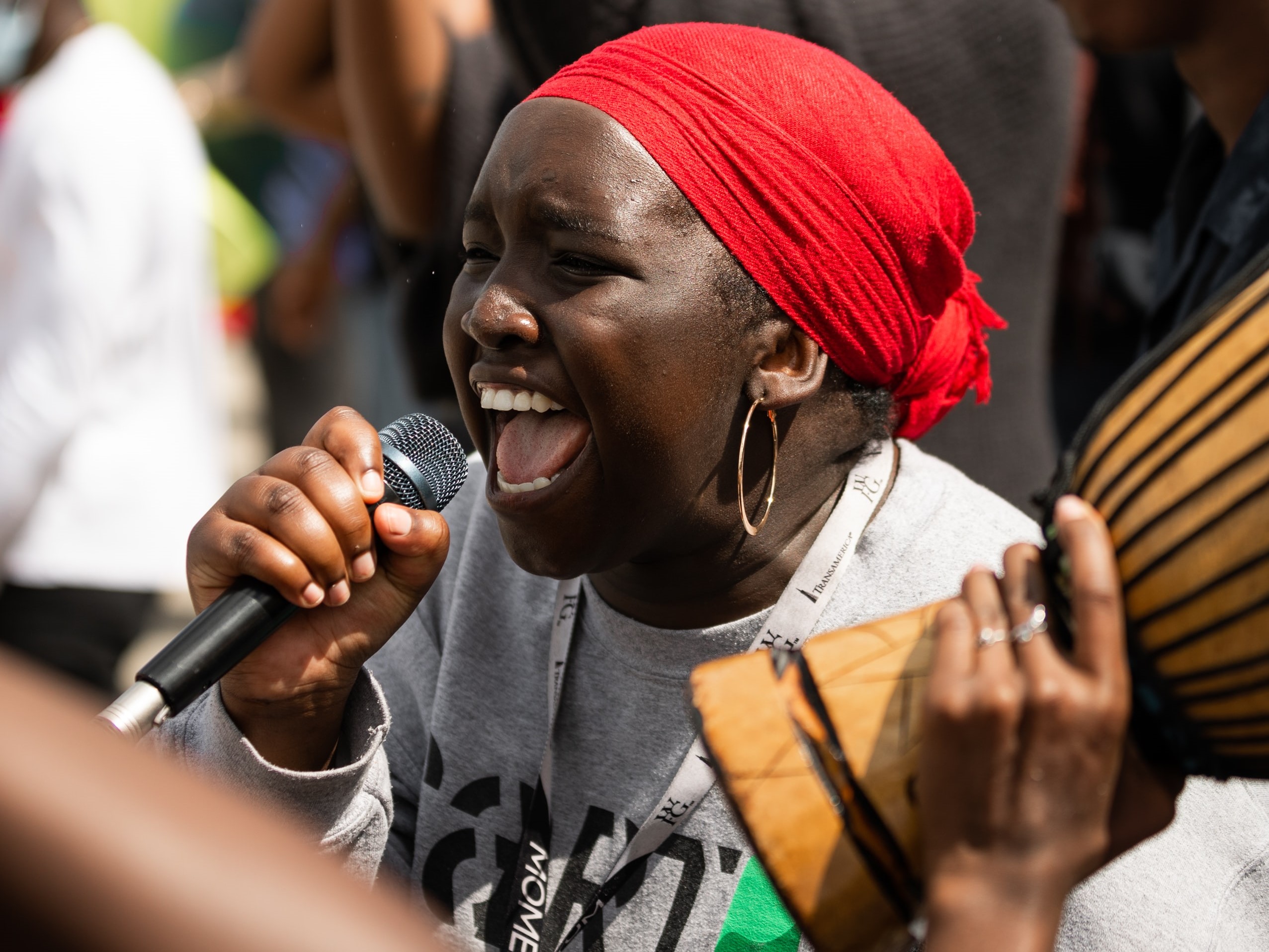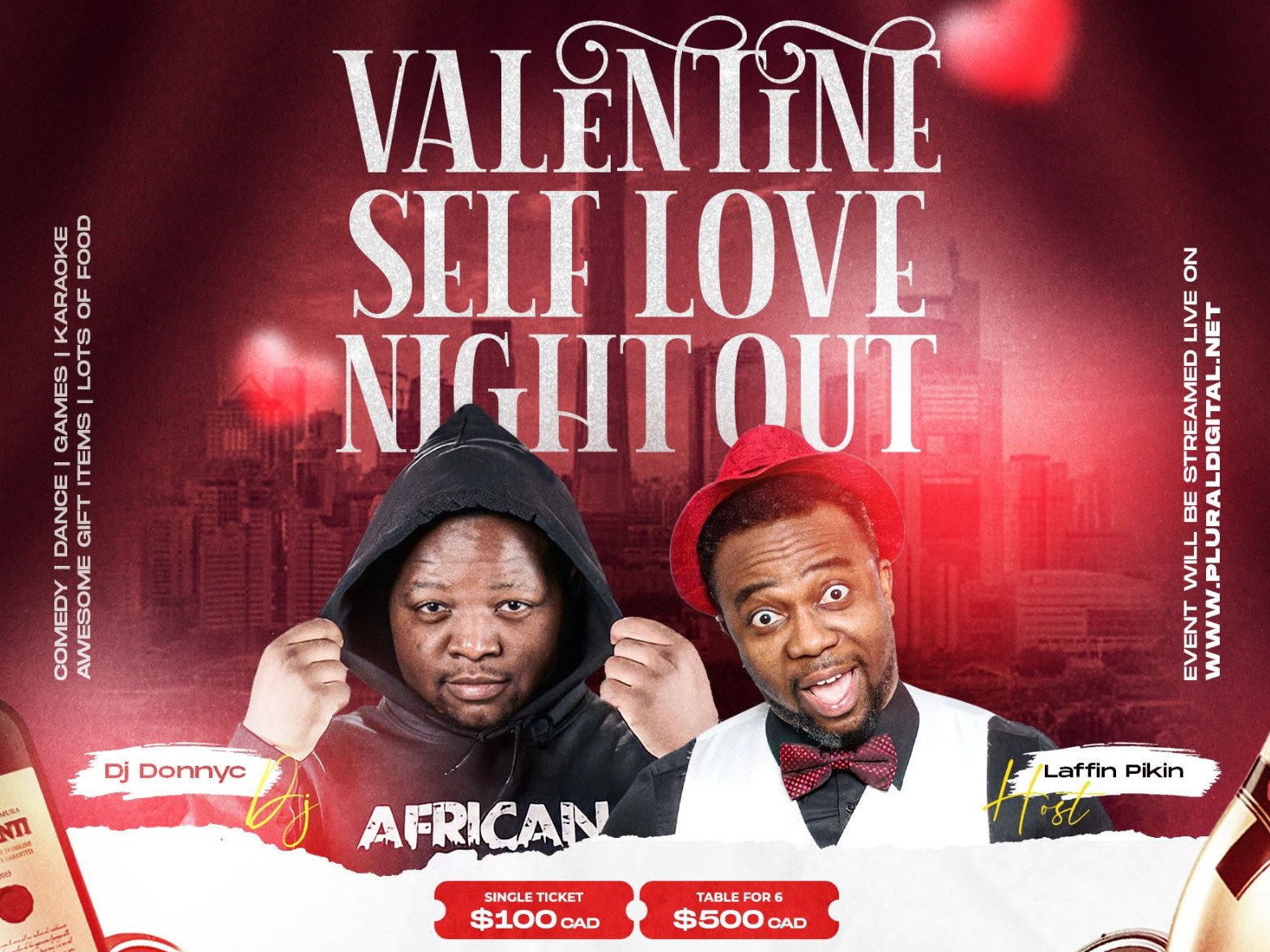Recap: Exploring African Art and Black Culture Workshop with Neilson Park Creative Centre
African art tells the stories of Africa and encapsulates the diverse experiences of Africans – both on the continent and in the Diaspora. In the past couple of years, there has been an “African art boom,” but before this period, African art wasn’t always seen as trendy or valuable. There is room for more education and awareness of African art. In collaboration with Neilson Park Creative Centre, I delivered a presentation on African Art and Black Culture on February 11, 2023. In this session, we explored the creativity and expression of African art while learning about its ancient history, global influences, and how this is central to Black culture. At the end of the 1.5 hour workshop, some attendees participated in an optional, hands-on, mask-making activity.
Overall, here is what some people had to say about the learning experience…
Jamila Kyari is an experienced and knowledgeable educator who has a passion for the arts. Working with her as she prepared a workshop that focused on African Art and Black Culture was such a rewarding experience for the Neilson Park Creative Centre staff and the participants. Jamila is such a pleasure to work with and exceeded all our expectations creating a custom-made and unique presentation to honor Black History Month. I highly recommend working with Jamila. – Petra Nyendick, Executive Director, Neilson Park Creative CentreThank you so much for the African art class. It was so inspiring and I would love to see more classes. Fabrics would be a very good topic. Thanks again! – Bertha
I enjoyed the session of African Art you championed, and was impressed by the valuable information. I liked how you touched and dissected the different Arts Origin and stressing how broad African arts is and can’t be put into a box, it’s influence on non-African artists and it’s role in contemporary art. I have been looking up TingaTinga and Ndebele artworks, which are quite interesting. I would love to see your program grow more into deep-dives of the different forms and African Art influence on today’s pop-culture and fashion. – Charles
Attending Jamila’s workshop on African art and Black culture was a wonderful and informative experience. I learned so much in such a short space of time. Jamila’s passion and expertise in African art is evident and she shared her knowledge in a captivating and engaging manner. The historical background and intriguing stories behind each style of art truly brought the material to life and I now have a newfound appreciation for African art and culture. Thank you for a wonderful and memorable experience! – Danielle
African Art is not a Monolith. Africans have been creating art since thousands of years ago, and the oldest form is African rock art – a vanishing art form which, in technical terms, can be classified into petroglyphs and pictographs. Petroglyphs are engraved or carved into the rock surface, while pictographs are often painted upon the rock. African rock art dates back over 50,000 years ago. Since then, the artworks have evolved. However, African art is incredibly diverse and somewhat tricky to classify because there are various African countries, each with their own artistic trends, art forms, and cultural movements. For the presentation, we studied and focused on art from three regions: West Africa, East Africa, and Southern Africa. Why did we skip North Africa? Well, history has it that Islam heavily influences the northern region of Africa and its art forms, and as such, their art works are not really considered to be indigenous to Africa itself.
For West Africa, we spotlighted Nok and Benin art, which are a huge part of Nigeria’s cultural heritage, before exploring TingaTinga art, originally from Tanzania, and moving through to a quick discussion of Ndebele art from parts of South Africa. African art places a lot of emphasis on the human figure and human features. Visual abstraction is where the crafted object is meant to convey specific ideas. Still, there is also the concept of animism which suggests a belief that spirits or souls inhabit the object. With the concepts, we see some of these connections clearly in Benin art, where Bronze heads symbolized power and were used to transfer kingship from one late king to another. They were also made to honour the deceased. Most times, the socio-political status of the person determined the materials used for the sculpture – wood, terracotta or bronze, which was introduced later.

Most African sculptures made their way around the world in the early 1900s, when the Europeans colonized Africa, and soon exhibits of the artworks sprung up across Europe. Even though most of the art was regarded as “primitive,” certain artists such as Pablo Picasso and Henri Matisse were inspired by it, even though they may not have understood its religious or cultural significance of it. In the United States of America, on the other hand, shortly after the first world war, Alain L. Locke (also known as Dean of the Harlem Renaissance) was encouraging African American artists to look towards African art for inspiration while exploring a sense of connectedness to art that enabled them to draw upon themes of dual identity, race, heritage, and democracy. Many artists responded to Locke’s critiques, and especially his “New Negro” essay, to go forth and create works of art displaying the struggles and triumphs of Black people in the U.S.
Finally, we highlighted some Black artists in Canada worth knowing about, such as Robert Small, Kit Lang, and Benny Bing, to name a few. By discussing their artistic background and current work, we got insights into the messages they communicate through their unique art. There are many artists in Canada, and you can learn about them through the Arts Canada Institute or the Royal Ontario Museum.
You can book Jamila Kyari to deliver a version of this highly engaging workshop to your audience in a virtual or in-person format. I am a highly-rated educator and speaker with over five years of experience speaking and writing about cultural topics. As a Nigerian-Canadian, I deliver powerful speeches, lectures, workshops and interviews that help people of all backgrounds and age levels to understand and interact with the cultural experiences of people of African descent, specifically in Canada and other parts of the Diaspora. As diversity, equity and inclusion becomes more important in our society, these types of topics will be pivotal to everyone’s learning. To get started, download a copy of the speaking kit by sending an inquiry through the contact form.


